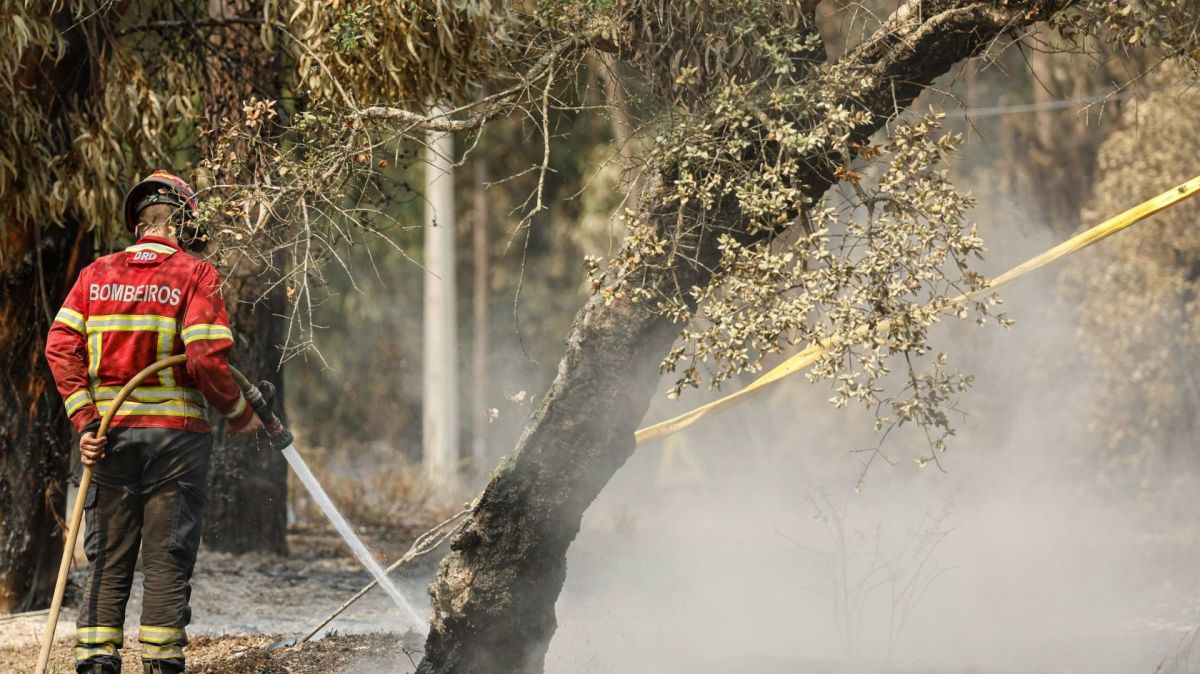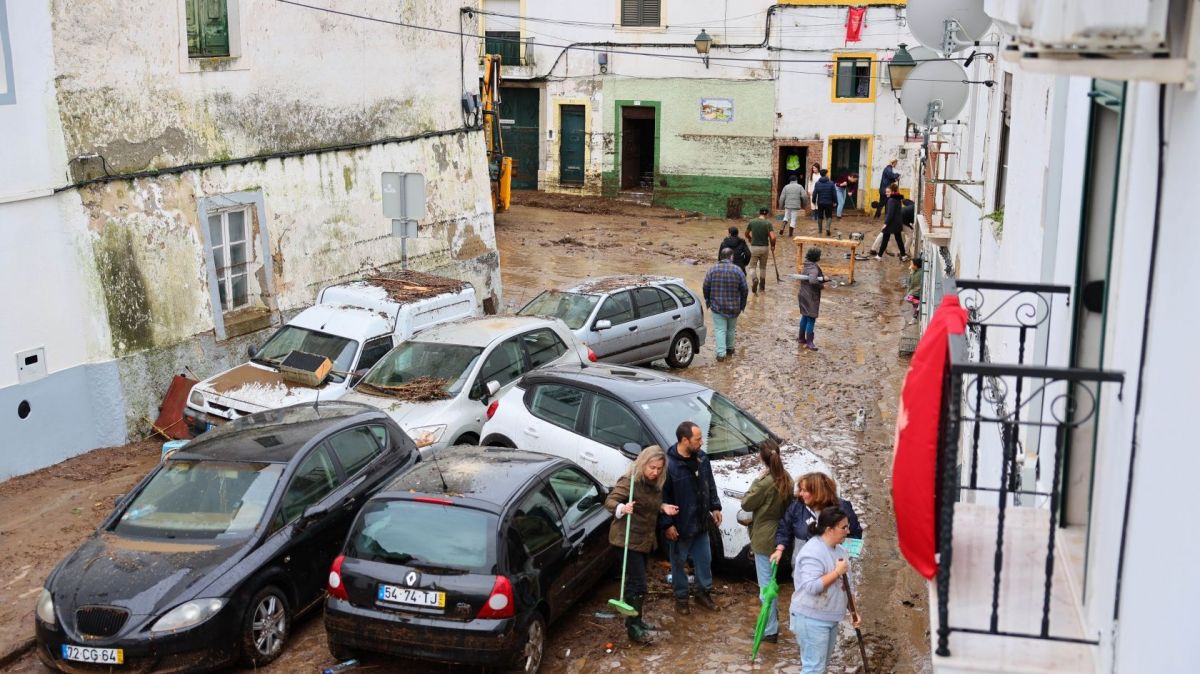In a statement, the institution said that, “to prepare for the increased risk of forest fires during the coming summer months, the EU has mobilised firefighting teams and aircraft to help European countries affected by forest fires”.
Specifically, “to rapidly support local fire brigades, during the months of July and August, around 650 firefighters from 14 European countries will be strategically positioned in key high-risk locations in France, Greece, Portugal and Spain,” Brussels indicates, stating that the number of firefighters in each country will be reinforced.
In addition, there are 22 firefighting planes and four helicopters stationed in 10 Member States to intervene if necessary.
In the case of Portugal, the EU-supported summer fleet includes two light aircraft.
“Coordinated and co-financed through the EU Civil Protection Mechanism, these resources will help mitigate risks and enable a faster and more robust response to crises. These resources are in addition to national capacities,” says the European Commission.
The EU Civil Protection Mechanism coordinates the response to natural and man-made disasters at the EU level and aims to foster cooperation between national authorities and provide rapid assistance to populations.
Furthermore, this summer, 19 ground firefighting teams, with around 30 firefighters each, and an advisory and assessment team, are ready to be deployed by the EU in close cooperation with Member States.
Support team
A dedicated wildfire support team will also be created within the EU Emergency Response Coordination Centre to monitor risks and analyse scientific data.
“This proactive approach confirms the EU's commitment to stay one step ahead of disasters, including those exacerbated by climate change, and to join forces to protect lives, homes and the environment,” concludes the EU executive.
In 2024, Portugal faced one of the worst wildfire seasons in the last decade, with a total of 6,229 rural fires between January 1 and October 15 resulting in 136,424 hectares of burned area.
This number was equivalent to a 47% reduction in total fires compared to the average of the previous 10 years, but also a 22% increase in the area burned.













